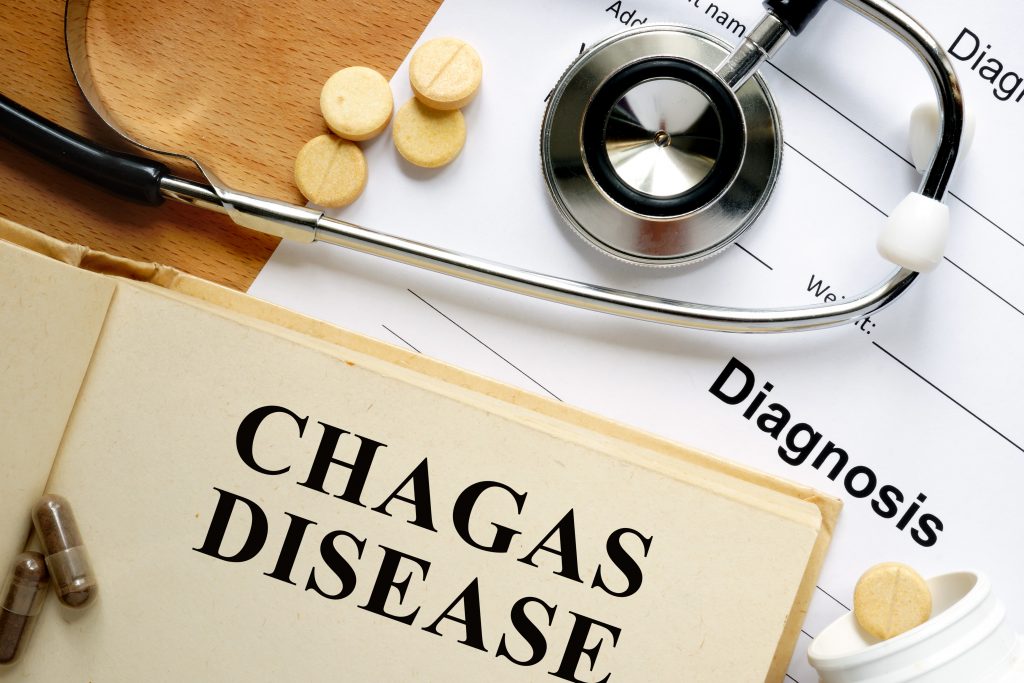Arq. Bras. Cardiol. 2020; 115(6): 1061-1062
Absence of Atherosclerosis in Chagas’ Disease: The Role of Trypanosoma Cruzi Transialidase
This Short Editorial is referred by the Research article "Lower Prevalence and Severity of Coronary Atherosclerosis in Chronic Chagas’ Disease by Coronary Computed Tomography Angiography".
The paper Lower Prevalence and Severity of Coronary Atherosclerosis in Chronic Chagas’ Disease by Coronary Computed Tomography Angiography reveals a very important data: patients with Chagas disease have much lower atherosclerosis compared with a carefully matched population of individuals without Chagas disease. Analyzing 43 patients prospectively, 93% of Chagas disease patients had absence of coronary artery disease (CAD) plaques, 7% mild to moderate obstruction and zero cases of severe obstruction. It endorses our previous pathological data in few autopsy hearts, confirming that Chagas disease patients do not have atherosclerosis. Why they do not present atherosclerosis?
The main enzyme produced by Trypanosoma cruzi ( T. cruzi ) is trans-sialidase. It removes syalic acid from the tissue to the circulation. Microbiota has been associated with the development of atherosclerosis. Mycoplasma is known to grow in cholesterol-rich media and in our previous study we observed large amounts of mycoplasmas in fat atheroma. Many infectious agents such as mycoplasma and viruses such as SARS CoV-2 uses the syalic acid to enter the host cell, the transialidase from T. cruzi may remove mycoplasmas from the atheroma plaques, preventing development of atheroma. We created a nutricosmetic associating the enzyme transialidase and natural antioxidant nanoparticles and decreased experimental atherosclerosis in rabbits. ,
[…]
720

